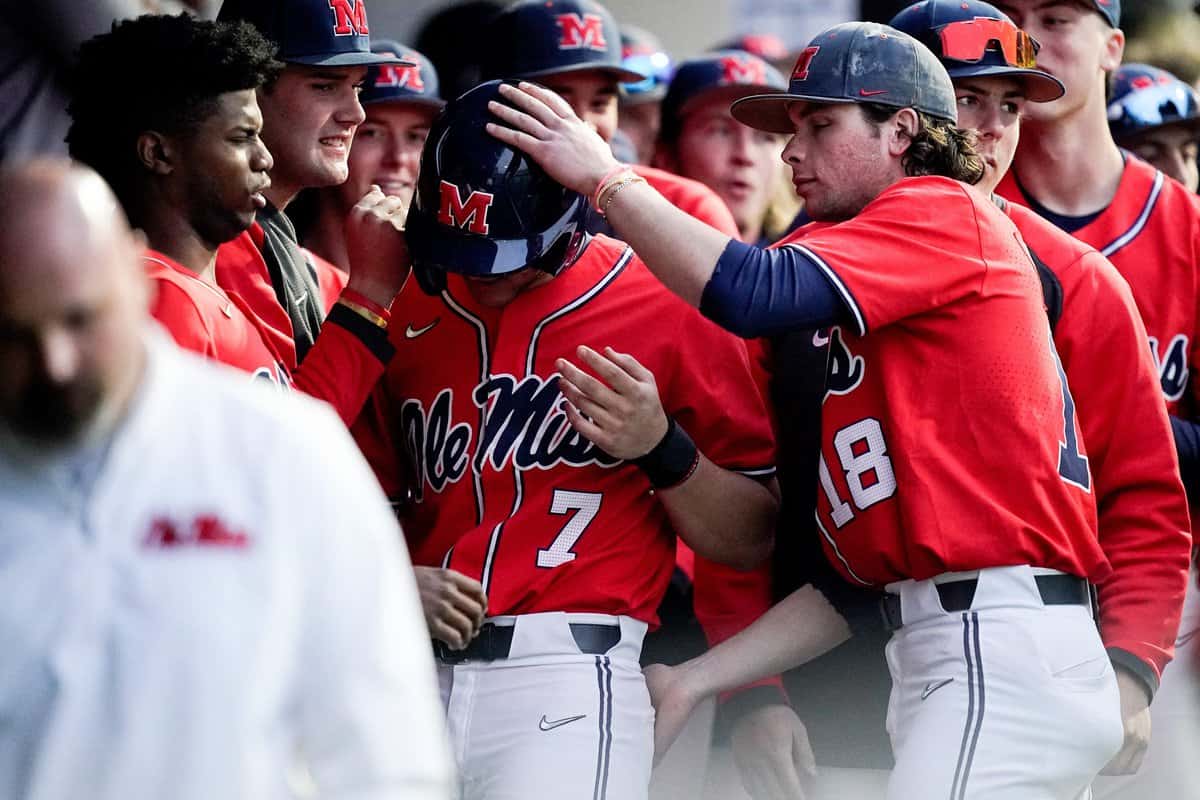If we can judge a draft direction in a given year from the first two picks, the White Sox's start to the 2023 MLB draft feels like the Mike Shirley version of a Nick Hostetler strategy.
Hostetler served as scouting director for four seasons, and in each of those drafts, the White Sox used the first couple rounds to address shortcomings on the current 26- and 40-man rosters.
2016: The White Sox didn't have left-handed power or any-handed patience, so they drafted Zack Collins. They could always use bullpen help, so add Zack Burdi to the tag.
2017: The White Sox selected Jake Burger and Gavin Sheets, two hitters with the potential for power with respectable strikeout totals.
2018: The White Sox offense finished with the most strikeouts in baseball, so how about Nick Madrigal and Steele Walker to provide some fast-trackable hit tool?
2019: The White Sox were on their way to finishing dead last in walks, which Andrew Vaughn was the best-suited to address.
It was kind of a superficial attempt to solve problems that required a lot more introspection, especially since it resulted in four guys who were most likely to end up at first base. The ham-fisted strategy resulted in ham-fisted defense, and compounding matters, Sheets might be the only one who has reached his offensive potential.
As a result, it's 2023, and the White Sox are still short on left-handed hitters and guys with enviable strikeout-to-walk ratios, so here comes Jacob Gonzalez from Ole Miss. Shirley then doubled down on his own brand of familiarity by drafting a pitcher whose Tommy John surgery interrupted a projected rise to first-round status, with Grant Taylor being this year's Peyton Pallette.
This general sense that White Sox fans have been here before is my best explanation for why the reaction to the White Sox selecting Gonzalez at No. 15 was surprisingly jaded, both here and on Twitter. Either that, or any player would struggle to generate excitement when the franchise is at its most adrift, because the White Sox didn't even do much with their opportunities picking in the top five.
(That's an understatement, actually. The only two remaining players who can project to see MLB action from their 2018 and 2019 drafts are Davis Martin and Romy González, both of whom were selected in 2018.)
González seems like a good candidate if a team is going the high-floor route, because his pitfalls aren't glaring. Unlike Vaughn, he's left-handed. Unlike Collins, he can draw walks without obvious swing-and-miss dangers. Unlike Burger, Sheets and Vaughn, he's starting in the middle of the infield, even if he's not the surest bet to stay there. Unlike Burger, he's already getting the ball in the air. Unlike Madrigal and Vaughn, he's probably his listed height at 6-2.
He's not a perfect player, but at least his flaws have pressure release valves this time. If he can't hack it at short, he should be able to play third. If he doesn't hit lefties well, he might still see righties well enough. The consistent criticism across the outlets is that he doesn't use his lower half well enough, but if he did, he probably wouldn't be available at No. 15. Every player has something holding him back at this point, and the White Sox chose the guy who needs work to tap into his power, rather than a player who needs work to cut down on strikeouts.
I'm less excited about the selection of Grant Taylor in the second round, even after adjusting for the idea that second-round picks are automatically less thrilling than first-rounders. Taylor just doesn't have much of a body of work to point to, and Pallette's rocky return from Tommy John surgery isn't yet a data point that the White Sox know how to build a clear road back for somebody like Taylor. I can understand the payoff of drafting a first-round trajectory when first-round performance isn't possible, and that was Shirley's line ...
“We feel like we landed two first-rounders tonight,” Shirley said. “We feel ecstatic to land [Taylor] in the second round.”
I just want to see some proof that the Sox can actualize first-rounders from later rounds, because their actual first-rounders aren't quite actualizing themselves.
That brings us back to Gonzalez, who has a little less to dream on than Shirley's previous picks, Colson Montgomery and Noah Schultz, but that's mostly because Gonzalez has had years of experience in college baseball's toughest conference, whereas Schultz missed most of his senior season at Oswego East High School due to mono. There's a much better sense of what he is, and along with that, a sense of what he's not.
The White Sox deserve the healthiest of skepticism for everything they do, but the general optimism surrounding Shirley's last two first-round selections gives him a little credibility for seeing how his approach works with a more conventional, needs-oriented pick. If I'm using recent history to inform future feelings with this organization, I'm saving my preemptive salt supply for the entire second half of the season instead.






